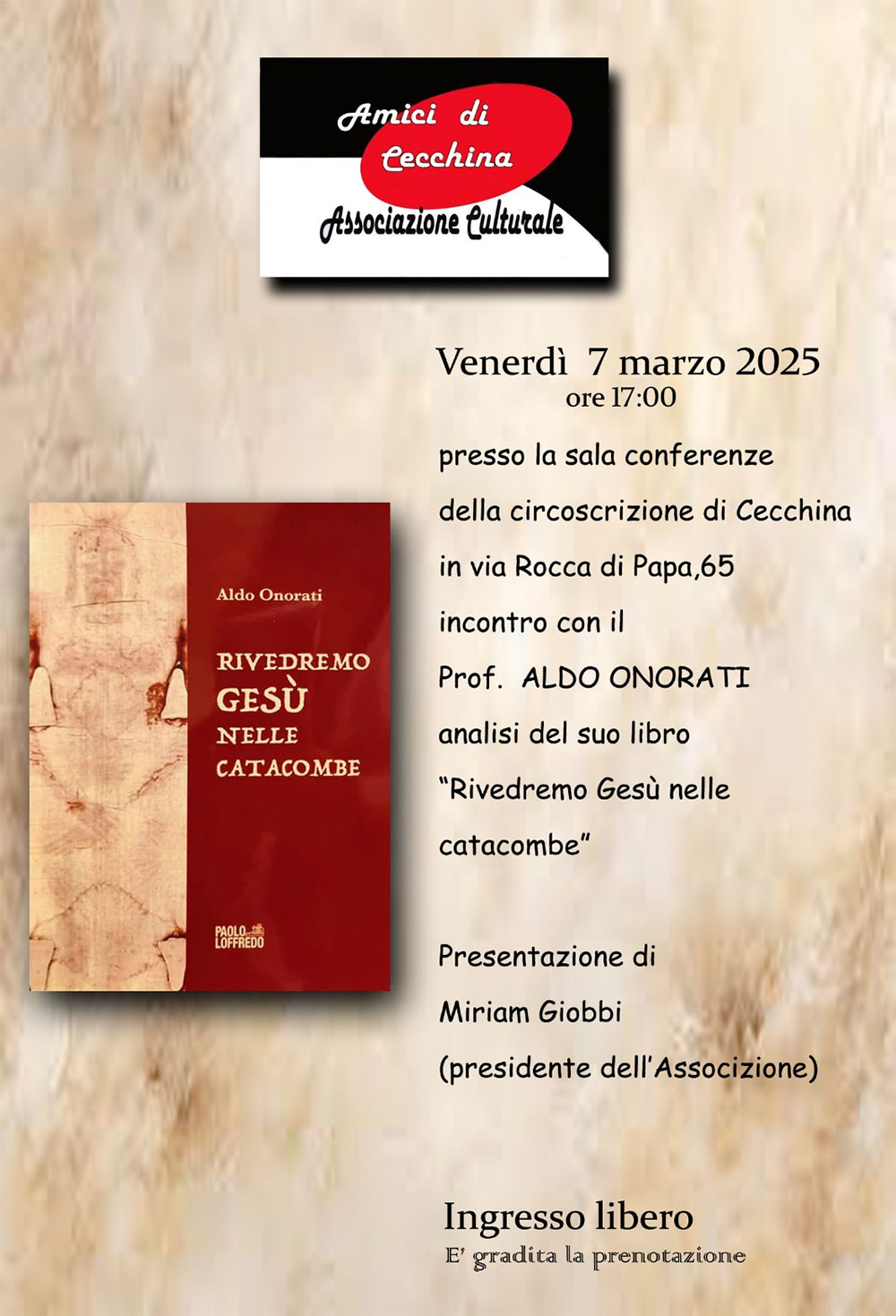 Paolo Loffredo, sixth generation of a large family of publishers and booksellers engaged in the production and distribution of books since the late nineteenth century, creates in 2012 the new editorial company Paolo Loffredo Editore. The historical site was until the '80s in the heart of the historic centre of Naples in Via San Biagio dei Librai, lower Decumano and also known as the SpaccaNapoli.
Paolo Loffredo, sixth generation of a large family of publishers and booksellers engaged in the production and distribution of books since the late nineteenth century, creates in 2012 the new editorial company Paolo Loffredo Editore. The historical site was until the '80s in the heart of the historic centre of Naples in Via San Biagio dei Librai, lower Decumano and also known as the SpaccaNapoli.
At the beginning of the twentieth century, Giuseppe Loffredo decided to add book selling to the book production, which definitively imposed itself after World War II with the publication of manuals for the University and for the School that succeeded in establishing themselves soon throughout Italy.
LAST EVENT
"Rivedremo Gesù nelle catacombe"
07 Marzo 2025 - Sala Conferenze circoscrizione di Cecchina - via Rocca di Papa 65, Albano Laziale (RM) - ore 17,00

Tra manoscritti e stampati – Sannazzaro, Vittoria Colonna, Tansillo e altri saggi sul Cinquecento
ISSN 2283-4281
Language: Italian
Publisher: Paolo Loffredo Iniziative Editoriali Srl

Description
Tra manoscritti e stampati. Sannazzaro, Vittoria Colonna, Tansillo e altri saggi sul Cinquecento
The essays collected in this volume are the balance of research dedicated mainly to protagonists of the literary history of Naples in the phase that goes from the sunset of the Aragonese Kingdom to the long viceregnato of Don Pedro de Toledo. Although it lacks its role as capital, Naples remains a crossroads of theoretical elaborations and literary experiences, in a fruitful exchange between the glorious humanist tradition founded by Pontano, with the boundary of old and new generation academics, and the progressive advance of the literature in the vernacular, both capable of keeping open the dialogue with Italy and Europe, exerting a modeling influence also on the Spanish 'conquerors', as evidenced by the poetic trajectory of Garcilaso de la Vega.
From Sannazaro to Di Costanzo, passing through Vittoria Colonna, Tansillo and other lesser-known literati, the various chapters arise from the revisiting of manuscript and printed traditions, submitting critical findings considered definitively acquired and proposing new interpretative hypotheses, with the recovery in some cases of submerged biographies or lost identities.














